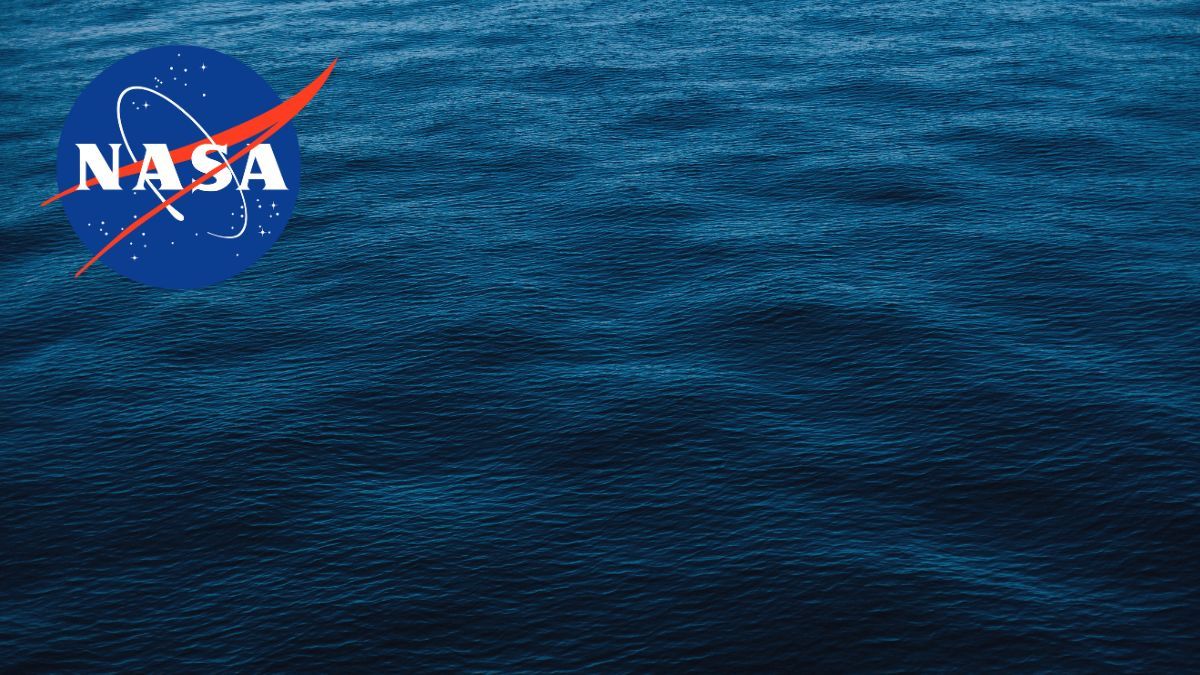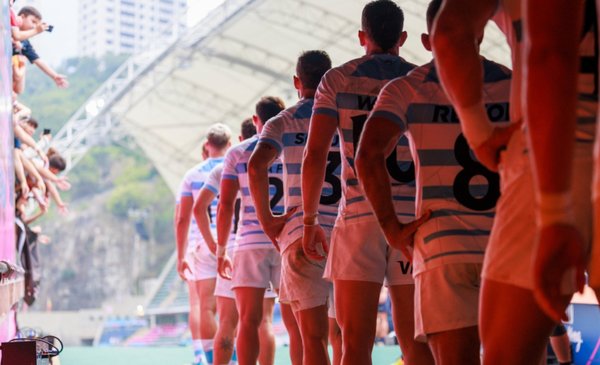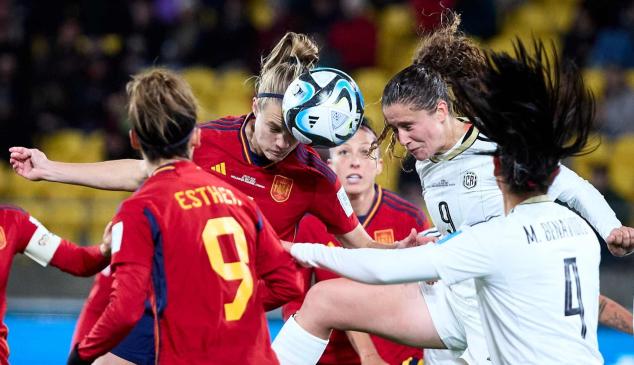World Cup Football Taking place in Australia and New Zealand from July 20, it's more than just a tournament, it's a litmus test for the women's coaching sport. The event does not compete with anything else of similar size on the calendar, and in that sense, This is a test to know if there is genuine concern for society. It is a concrete step towards consolidating from philanthropy into an alternative industry, capable of independently attracting sponsors and consolidating its own narrative.
After completing the first week of the championship, Audience data for this edition is higher than France 2019, which brings the matches in Europe to the morning slot, despite the time difference of the host countries. But still More than 2 billion viewers According to data from Euromonitor, World Cup matches have been tuned in some times, compared to 1.12 billion in the previous edition.
Audiences are maximum and 'sold out'
This figure is in line with the data recorded in major European competitions in recent times. This is the event for the English Women's Super League, which saw a 70% increase in viewership 2022/2023 season, according to Sky, the operator that holds its rights. This is, logically, a 729% increase since 2017 in the case of the English competition, which is considered the main European benchmark.
A day before kick-off, the World Cup set an absolute record in ticket sales: 1.4 million for the tournament's 64 matches.
The situation has been recreated at the World Cup, which set an absolute record in ticket sales a day before kick-off: 1.4 million for the 64 matches played until August 20, breaking the record set eight years ago in Canada. AndIn the matches of the Australia and New Zealand teams hosting the tournament, the Sold The same is happening between the reigning world champions USA and the European champions England.
But the road to this point is not easy. A month before the competition, Gianni Infantino, the FIFA president, sent a warning message. ““Offerings from operators mainly in five European countries are very disappointing,” he said. He condemned the stations and accused them of not promoting them “Equality in Conditions and Salaries.”
The sentence was clear: “Viewing figures for the Women's World Cup are 50% or 60% of the men's event, but propositions are 20 to 100 times lower. While organizers paid between 88 million and 177 million euros for the Qatar World Cup, they only offered 8.9 for the Australia and New Zealand events. With the situation exploded More eligible offers, Despite falling short of expectations, they avoided a media blackout.
Generation Z as a primary target
Sales were saved by the commitment of key sponsors such as Adidas, Coca-Cola, Hyundai-Kia, Visa or WandaBut most of all thank you partners FIFA Exclusives for Women's Football: visa and technology Zero, from New Zealand. They were two disruptive examples that broke the established trend over the years: sponsors of the system practiced by women supported men's competitions and Almost an exercise in philanthropy Competitions should be held.
Advertisers plan specific 360º strategies for a tournament like the World Cup in Australia and New Zealand. Allows you to achieve a different goal than a male date. For example, according to research carried out by Fotballco, members of Generation Z recognize the connection with men's and women's sports with equal intensity, and this has led to the multimedia spread of content beyond live matches, prioritizing influences on social networks.
Generation Z recognizes that men and women engage with sports with equal intensity,
Although none of this would be possible without brand ambassadors. Women's football is already a globalized spectacle and the rise in quality on the pitch has resulted in more recognizable figures.
For traditional people like American Megan Rapinoe Others have joined, as in Spanish Alexia Butellas Or French Wendy Renard. And they already have up-and-coming players like the German Joule brandAustralian Kyra Cooney-Cross Or Colombian Linda Caisido, become cues for their choices and, therefore, outstanding assets for brands.
The women are demanding a bill and compensation
In this context, FIFA expects a bill of $807 billion this year On concepts like ticket sales, television rights, marketing and licensing. Time has passed and the former president of the organization, Sepp Blatter, He spoke in a condescending tone with statements like: ““Now there are three women on the board.” Women's football is not a mandate for FIFA and is a great alternative business opportunity to the men's sports market.
Logically, this led to increased demands for women to claim their role Cake. Organization headed by Infantino The prize money for the current World Cup has been raised to $150 million. Ten times more than the 2015 World Cup and three times more than 2019. In total, 2022 is far less than the $440 million awarded to men's federations in Qatar.
Related news
Competence, pride and evolution are the values that characterize the Women's Soccer World Cup campaigns
{“id”:24796,”title”:”Capacity, pride and evolution, values that characterize women's soccer World Cup campaigns”,”prefix”:null,”slug”:null,”image”:”https : //www. reasonwhy.es/media/cache/noticia_relacionada/media/library/campanas-mundial-femenino-futbol-2023.jpg”,”path”:”https://www.reasonwhy.es/actualidad/talento – pride-evolution- bells-women's-world-cup-football-2023″}

Orange falsifies the movements and plays of French soccer players to break down prejudices about the World Cup
{“id”:24725,”title”:”Orange falsifies French footballers' moves and plays to break prejudices about World Cup”,”prefix”:null,”slug”:null,”image”:”https: // www.reasonwhy .es/media/cache/noticia_relacionada/media/library/orange-marcel-futbol-femenino.jpg”,”path”:”https://www.reasonwhy.es/actualidad/orange-falsea- jugadas- french-football players-tear-miss”}
But women are billed now, unlike ever before in history. They do it With a pure story that evokes a connection with the past in the fan. Players crying out in anthems, celebrating a win as if it were their last, or expressing the sisterhood inherent in women's soccer has always changed the rules with the aim of uniting an independent industry. This was concluded through research developed by et al Ann Pecoraro, Professor of Sports Economics at the University of Guelph (Canada). “Investing in or supporting women's sports used to be the right thing to do. But now, brands are hoping for a return on investment.”

“Typical beer advocate. Future teen idol. Unapologetic tv practitioner. Music trailblazer.”

:quality(85)/cloudfront-us-east-1.images.arcpublishing.com/infobae/AL6JURSLDRFCBZDTHQZECTZVDM.jpg)
:quality(85)/cloudfront-us-east-1.images.arcpublishing.com/infobae/GXZYEJ3EHZCJRLVACL3MM753OI.jpg)
:quality(85)/cloudfront-us-east-1.images.arcpublishing.com/infobae/P4FWF242JFA4BDV33F5JKOUUX4.jpg)



More Stories
Pumas 7s beat New Zealand as Santiago Alvarez foregate returns.
Former New Zealand Prime Minister Jacinda Ardern’s Vineyard Wedding
New Zealand and Canada did not give Spain an option in Singapore